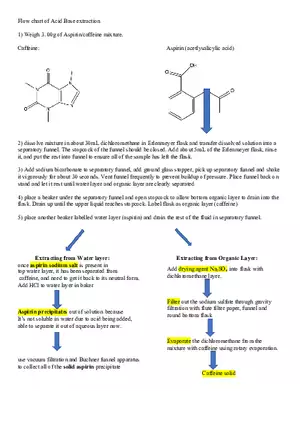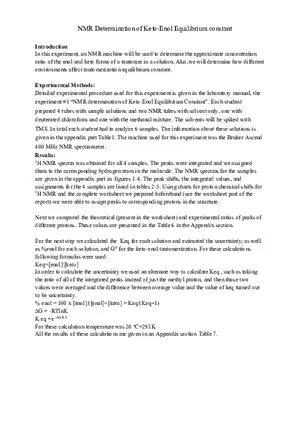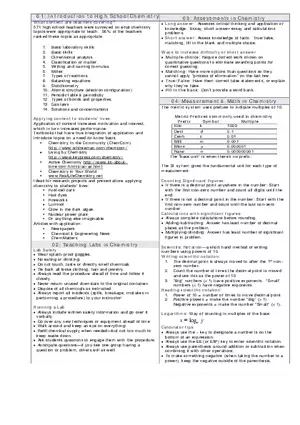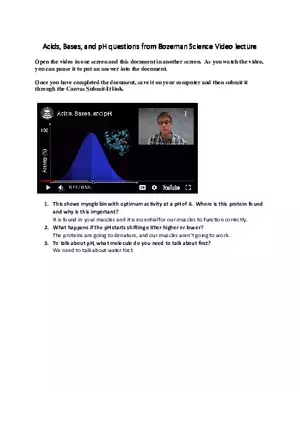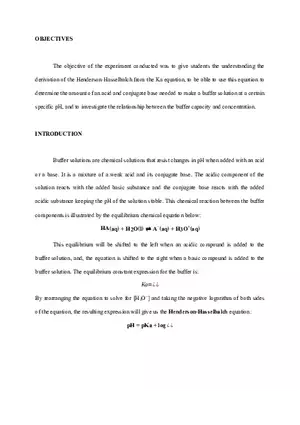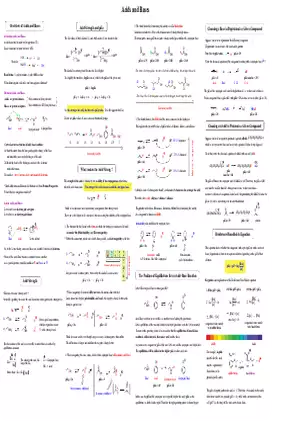Lecture Note
Polar Covalent Bonds/Polar Molecules
-
University:
Massachusetts Institute of Technology -
Course:
5.03 | Principles of Inorganic Chemistry I Academic year:
2008
-
Views:
391
Pages:
3
Author:
Autumn Foster
Related Documents
- Inductively Coupled Plasma – Mass Spectrometry
- Quantitative Determination of Ethanol Using GC and Headspace Sampling
- Homework Solutions for Chem 422. Chapter 9
- Homework Solutions for Chapter 20
- Guidelines for Assigning Oxidation Numbers
- Polarographic Analysis for Cadmium
- Homework Solutions for Chem 422 Chapter 25
- Significant Figures: Rules, Rounding, and Calculations
- Cyclic Voltammetry
- Graphite-Furnace Atomic Absorption Spectrophotometry
- Chem 112 Qiuz
- Modeling π-π Interactions with the EFP Method
- HIV protease inhibitors
- Students’ Efficacy Beliefs
- Characterizing the Level of Inquiry in the Undergraduate Laboratory
- Analytical cumulative exam crib
- Practice Problems from Lecture 9 and 10
- Microrocket Lab Teacher Notes
- Chem112 Quiz
Report
Tell us what’s wrong with it:
Thanks, got it!
We will moderate it soon!
Report
Tell us what’s wrong with it:
Free up your schedule!
Our EduBirdie Experts Are Here for You 24/7! Just fill out a form and let us know how we can assist you.
Take 5 seconds to unlock
Enter your email below and get instant access to your document




